Dario Argento in decline
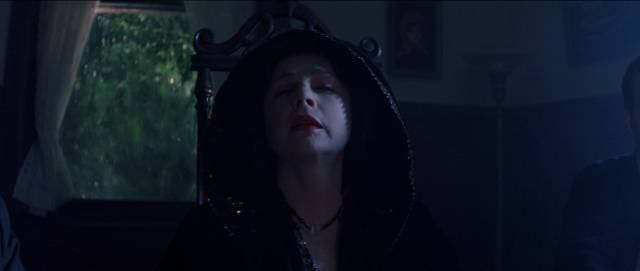
I recently upgraded four Dario Argento titles to Blu-ray, courtesy of Vinegar Syndrome and Scorpion Releasing. All four are late period movies, made when it was generally considered that Argento was into a terminal decline. Watching them all again, I found myself wondering about what the nature of that decline might be. From the start, Argento’s strong point was style, with little attention paid to narrative coherence. All four of these late movies display a degree of visual flair, and all suffer from that weak ability to tell a story. But why does it matter more here than in the earlier work?
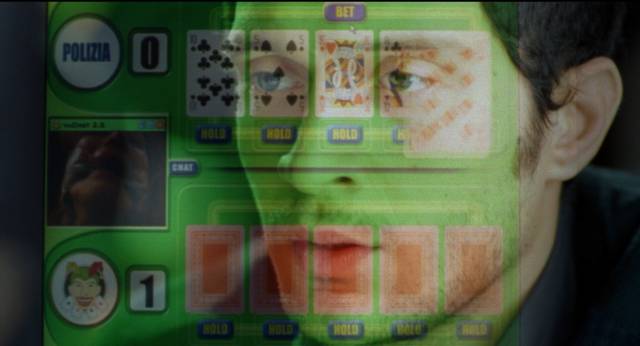
Part of it is no doubt due to the fact that in the early films Argento was forging something new. Beginning with The Bird With the Crystal Plumage (1970), he was transforming the Italian thriller, exemplified at the time by the more traditional psychological suspense of directors like Umberto Lenzi in his movies starring Carroll Baker. In his early films, Argento deliberately fetishized violence in elaborately staged sequences of murder which punctuated somewhat perfunctory stories about amateur sleuths digging into mysteries seemingly beyond the police’s investigative capabilities. Resolutions were as often as not almost arbitrary and tended to involve the revelation that something seen or heard early in the film was crucially misinterpreted. These movies are visual tours de force, filled with exhilarating camerawork and bravura editing, their essential subject a provocation about the limits of perception – both the characters’ and the audience’s.
By the early ’80s, there had been so many imitators who drew on Argento’s visual fetishism, if not his full range of cinematic skills, that the genre defined by his early work had become pretty much exhausted. Like any genre which has moved into its middle age, there was only limited room for innovation and it was succumbing to repetition, parody and increasingly crude extremes – the sexual content tended to be amplified, with some filmmakers pushing it closer to pornography.
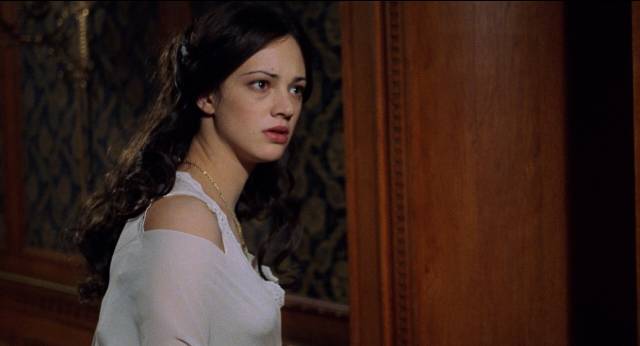
After his first four hugely influential gialli – The Bird With the Crystal Plumage, Cat o’ Nine Tails, Four Flies on Grey Velvet and Deep Red – in 1977 Argento switched tracks with the first of his Three Mothers movies; Suspiria, with its dreamy supernatural trappings, was his biggest international success to date. Structurally, it was similar to the gialli – a series of elaborately staged death scenes and an amateur investigator who discovers the killer’s identity – but here rather than psychological derangement there’s an ancient supernatural evil. This was followed by Inferno (1980), but this reiteration of the new formula proved less commercially successful despite some impressive set-pieces, and the third part of the trilogy was delayed for twenty-seven years. (Mother of Tears finally showed up in 2007, greeted with general critical and audience derision – full disclosure: while acknowledging its cheesy absurdity, I quite like it, certainly more than the dire Giallo [2009] and Dracula 3D [2012] which followed).
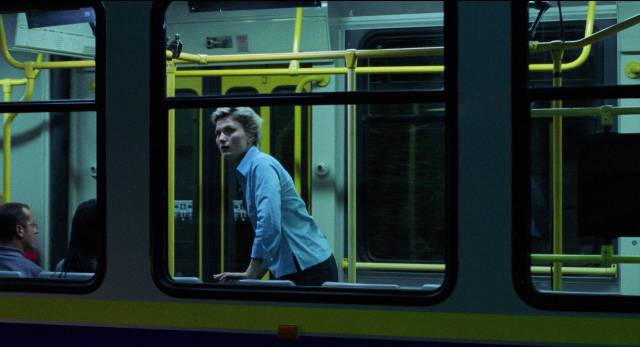
Argento returned to the giallo in the ’80s with one of his genre masterpieces, Tenebre (1982), followed by a blending of the giallo and the supernatural in Phenomena (1985) and ending with his last great film, Opera (1987). The latter is slightly compromised by clumsy plot mechanics, which go beyond the usual narrative issues (how is it that the police can’t distinguish between a burned store mannequin and a burned human body?), but Argento seemed to be revitalized by his first collaboration with British cinematographer Ronnie Taylor. Opera is filled with bravura camerawork which recalls the stylishness of the director’s first features and recaptures that sense of freshness and discovery. But this seems to have been a brief revival, somewhat echoed nine years later in the interesting but only partially successful The Stendahl Syndrome (1996), in which Argento experimented with digital image-making in collaboration with the great Giuseppe Rotunno, working on his final feature.
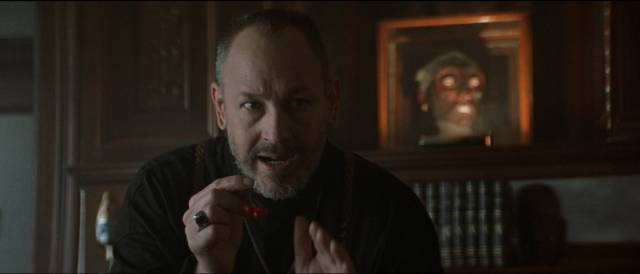
Although Taylor shot two more features for Argento, the visual gloss can’t overcome deeper problems with both The Phantom of the Opera (1998) and Sleepless (2001). Even less successful was Argento’s collaboration with Gaspar Noe’s frequent cinematographer Benoit Debie, who shot The Card Player (2004) in a style as flat as the narrative. These three films nonetheless have been given a fine digital polish on Blu-rays from Scorpion, each with extensive extras, including commentaries from Troy Howarth and Nathaniel Thompson and multiple interviews with Argento and cast and crewmembers.
But between Opera and these movies, Argento made a brief detour to the United States, collaborating with George Romero on the Poe diptych Two Evil Eyes (1990) in Pennsylvania before landing in Minneapolis for Trauma (1993), an attempt to create a giallo in an environment with which he was not entirely familiar or comfortable. This in itself is not necessarily a problem; many Italian filmmakers made movies in the States during this period, including Lucio Fulci, Sergio Martino, Umberto Lenzi and Claudio Fragasso, with varying degrees of success. But away from Argento’s home turf, the mechanics of the genre seem awkward and somewhat absurd – in the States, things are usually more prosaic and naturalistic, so the film’s setting never feels quite convincing.
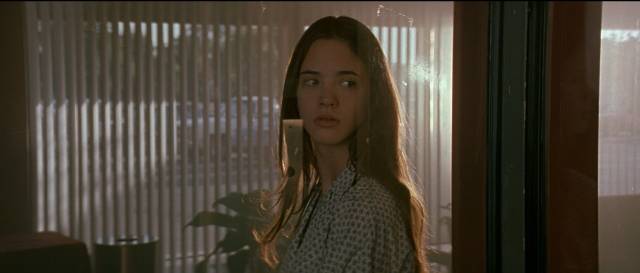
Trauma (1993)
Trauma, for which Argento hired American horror writer T.E.D. Klein to “Americanize” the script, follows the typical giallo structure – a series of gruesome, gimmicky murders, an amateur investigator, deceptive identities and a key image which is initially misinterpreted. In this case there are a pair of investigators; teenage anorexic Aura (Asia Argento) flees from a clinic run by creepy Dr. Judd (Frederic Forrest) and is helped by David Parsons (Christopher Rydell), a stranger who takes her in. Her mother, Adriana (Piper Laurie), is a medium and during a seance on a stormy night there are dire warnings from beyond, which cause Adriana to flee the house pursued by her husband Stefan (Dominique Serrand). By the time Aura catches up with them in the woods, there are two decapitated bodies on the ground and a shadowy figure holds up her parents’ heads before disappearing.
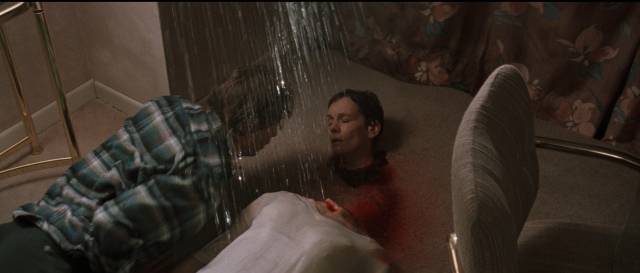
With the police investigating the murders and Dr. Judd trying to get Aura back to his clinic, the girl and her new friend attempt to uncover the truth about what is happening. More heads are cut off with a motorized garrotte before Aura discovers an awful piece of family history and finally realizes what she actually saw that stormy night in the woods. The mechanics of the narrative all fit together quite well, the violence is graphic and the motivating incident in the past is grimly horrific. But unlike Argento’s Italian films, this one doesn’t have a firm sense of place – we never really believe that this is happening in Minneapolis – and the performances are erratic, with Forrest in particular sowing confusion with his inexplicably eccentric Dr. Judd. No doubt he’s being built up as a big red herring, but his strange accent and exaggerated mannerisms are simply distracting.
The movie looks fine on Vinegar Syndrome’s Blu-ray, with a 4K transfer from a 35mm interpositive. The disk includes two commentary tracks and multiple interview featurettes.
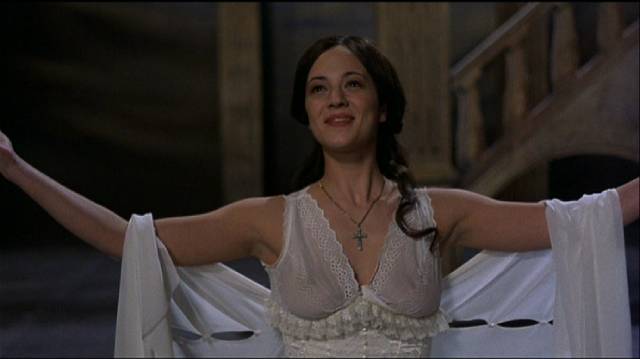
The Phantom of the Opera (1998)
However, for all its faults, Trauma is still the best of this batch. After rallying a little with The Stendahl Syndrome three years later, Argento made the strange choice of tackling Gaston Leroux’s much-adapted Gothic romance The Phantom of the Opera in 1998. Strange, because it’s untypical of his usual interests, but also because he had already made his own transformed version of the story in Opera a decade earlier.
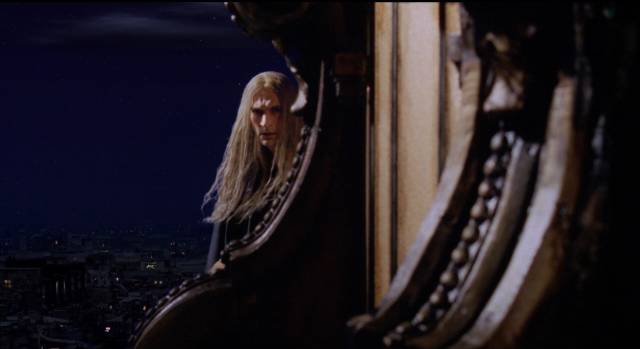
Shot by that film’s cinematographer, Ronnie Taylor, Phantom has some effective imagery, but the script by Argento and Gerard Brach makes a number of changes which render the story inexplicable. Here, the Phantom is not a tormented, disfigured man; rather, he looks just fine but has serious socialization issues, having been abandoned as a baby and raised by rats in the sewers of Paris. How he learned to speak and play music remains a mystery as the rats seem to have no special talents. Despite an unhealthy attachment to the rodents (there’s even an uncomfortable scene in which he appears to have sex with them), he falls in love with young singer Christine Daaé (Asia Argento) when he hears her singing alone on the stage late one night.
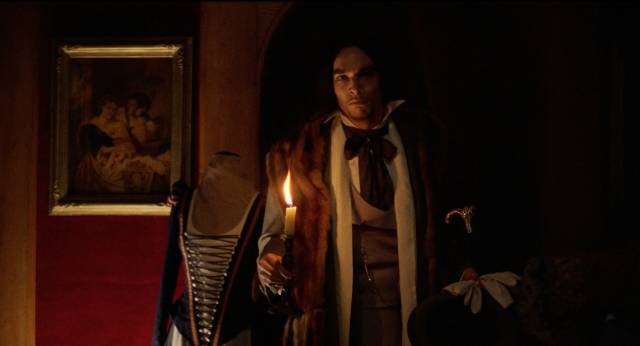
And that’s it – he isn’t obsessed with grooming her talent, as the Phantom is in all other versions, he just fancies her … and somehow immediately establishes telepathic communication. She doesn’t seem too put out by his peculiar lifestyle, but finds herself torn between him and another suitor, Baron Raoul de Chagny (Andrea Di Stefano), and has to decide between the world above and the world below.
Meanwhile, the Phantom kills a few people who impinge on his realm, particularly a pair of rat catchers who build a machine to commit rat genocide which seems like a fugitive piece of design from a Jeunet et Caro movie like Delicatessen (1991) or The City of Lost Children (1995). This, like so much in the movie, seems like a random invention thrown in for no particular reason. None of the changes add anything to the over-familiar narrative; they merely serve as distractions, making you wonder what purpose they were intended to have. Obviously, there’s no point in making yet another version of The Phantom of the Opera unless you can find something new in the material, but all this is just grafted on, obscuring the original without actually producing anything purposefully new.
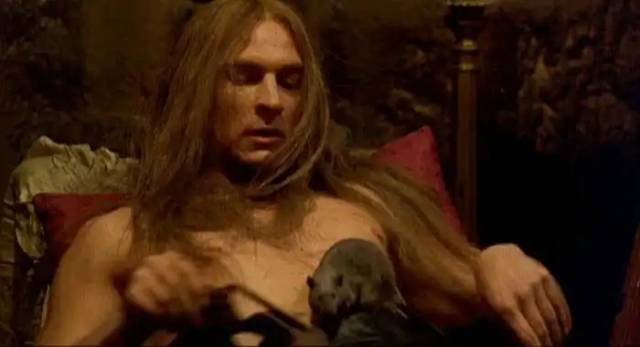
Failing as both horror and romance, there is one authentically disturbing element, one which goes back to Trauma and runs through The Stendahl Syndrome and on to Mother of Tears and Dracula 3D – this is Argento’s overt sexualization of his daughter Asia. She was only seventeen when she starred in Trauma, yet he shoots her in the nude. In all her subsequent movies with him, including Phantom, she appears at least partially naked, involved in sex scenes and even a brutal rape in Stendahl. Whatever general issues arise from scenes like this in any movie, the off-screen relationship of director and actress in this case raises disturbing thoughts as they suggest a weird sense of displaced incestuous attraction.
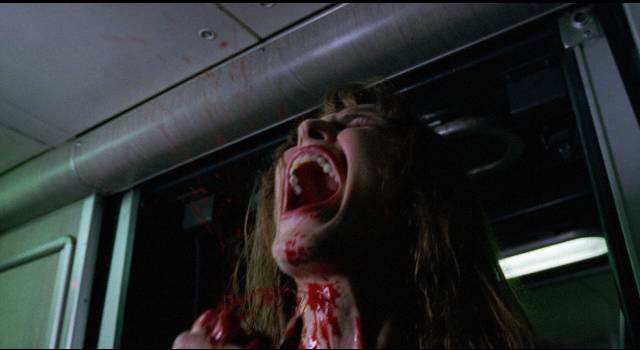
Sleepless (2001)
Following this failed Gothic diversion, Argento returned once more to the giallo with Sleepless (2001). Once again shot by Ronnie Taylor (in his final feature), the film looks fine but feels creatively exhausted. It seems promising at first, not least in having the great Max von Sydow in the lead as retired detective Moretti, a tired old man haunted by a case from his past. Years ago a series of murders were attributed to a “dwarf”, who was eventually identified as the writer Vincenzo di Fabritiis (Luca Fagioli). The case was closed after Moretti killed Vincenzo, but something never quite sat right. When a new, similar series of murders begins, the police come to Moretti for advice, but he has nothing. Yet, recalling his promise to a young boy whose mother was one of the original victims, he begins to shadow the investigation.
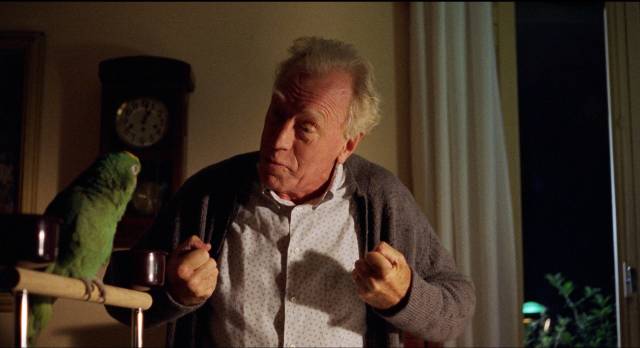
Moretti’s doubts that Vincenzo really was the killer increase and his obsession with the case is boosted when he meets Lorenzo (Roberto Zibetti), the young man that boy grew up to be, who has recently returned to the city after years abroad. Could Vincenzo actually still be alive? There are glimpses of a little person in connection with the new murders, but the pattern of the killings is not quite the same – could it be a copycat? Moretti seems to be getting closer to the truth – but then he’s attacked and dies of a heart attack. This might seem like a radical plot twist, but it deflates the movie, leaving the final resolution to secondary characters, with a revelation which is fairly obvious but includes a ridiculously implausible element.
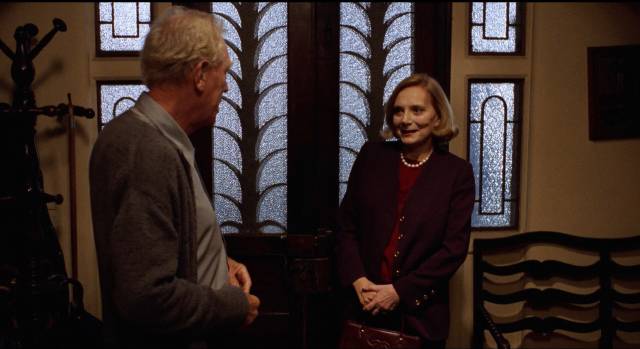
The use of a creepy puppet goes all the way back to Deep Red, but here it doesn’t work logistically. The mechanics of the puppet make it impossible for the attack on Moretti to have occurred the way the narrative needs it to. This is on a par with the burned mannequin in Opera, but has a worse effect on the story because it’s connected with the elimination of the one character we feel invested in.
As for the big set-piece murders, they’re elaborate but poorly staged. The lengthy opening sequence on a train drags on with the victim panicking long before anything actually starts to happen, then in her panic making inexplicable decisions, all supposedly ramping up the tension but obviously artificially amplified in a way which is counterproductive. Rather than suspense, Argento conjures up impatience and irritation.
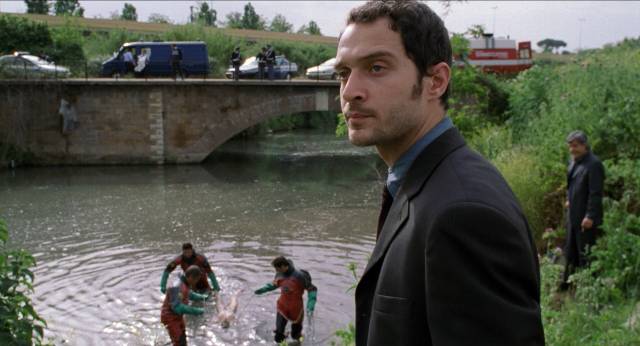
The Card Player (2004)
For a decade or so, from the mid-’90s to the mid-’00s, movies struggled to come to terms with that new-fangled Internet thing. What did it mean, this strange virtual space where we could all somehow be connected? Looking back, it’s almost quaint how filmmakers’ imaginations tried to grasp the potential of what seems so exhaustingly familiar now. There was Sandra Bullock finding her life being erased in The Net, Angelina Jolie and Jonny Lee Miller getting into trouble in Hackers (both 1995); the videotape curse of The Ring moved on-line in feardotcom (2002), and Diane Lane raced against time to stop a serial killer who had turned his crimes into a pay-per-view game in Untraceable (2008). The latter seemingly borrowed quite a bit from Dario Argento’s The Card Player (2004).
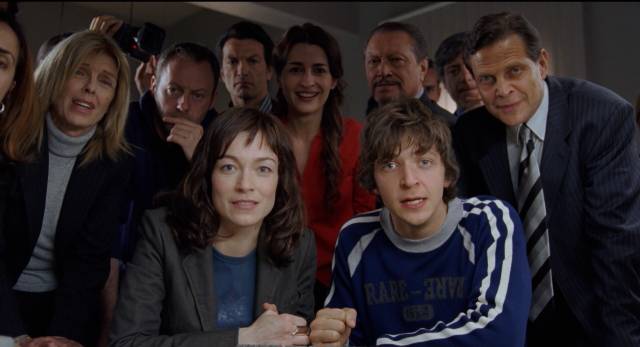
I’m not sure when on-line gambling really got going, but it seems a bit boring in The Card Player, which is perhaps why someone has decided to spice things up by putting people’s lives at stake. One day, the cops in Rome receive an on-line challenge: play virtual poker with the life of a kidnapped woman as the prize. Detective Anna Mari (Stefania Rocca) thinks there’s no choice, but her boss says the police don’t make deals with criminals – and everyone in the squad room watches as the woman dies.
Realizing he’s made a mistake, the boss accepts the need to play when the next challenge arrives. Anna, teamed up with Irish cop John Brennan (Liam Cunningham), recruits professional card shark Remo (Silvio Muccino) to play for the cops. The games themselves are decidedly undynamic as the computer seems to handle all the plays as everyone stands around watching. And so it goes while the cops engage in the usual investigative legwork between games, following clues as they slowly close in on the killer. The stakes are raised when the Chief’s own daughter is kidnapped.
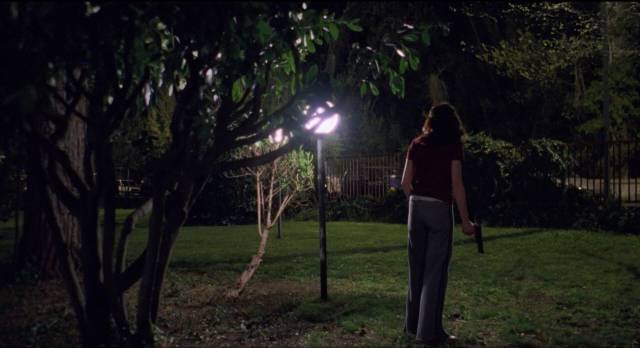
Although the central gimmick has giallo overtones, the movie is more police procedural, complete with graphic autopsy scenes. The old stylization is replaced with more naturalistic camerawork; it has the feel of a director searching for a way to appeal to an audience which has moved on from what he used to do, following a trend rather than setting one as he had done back in the ’70s.
Seemingly lost, Argento floundered in the next few years, failing to recapture his old glory with The Third Mother and the hubristically-titled Giallo, before retreating once again to the ill-fitting Gothic with his absurd Dracula 3D.
*
For all their weaknesses, these four late movies have been given stellar treatment by Scorpion and Vinegar Syndrome, with excellent transfers and plenty of extras. For Argento completists, they’re essential releases.
Comments